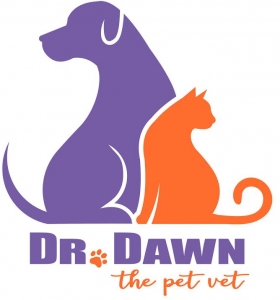This year marks the 35th anniversary of the dog park. The first was designed in Berkeley, California. Today our nation boasts more than 1,000 dog parks, many offering elaborate play equipment, programs, and amenities never imagined when these green play spaces began. Dog parks can be a great place for you and your dog to socialize, get exercise, and stay healthy physically.
They can also present some problems, both health wise, and socially, that you should know about first and avoid.
– Not all dogs do well at dog parks. If your dog is older and arthritic, shy, or aggressive, you may want to rethink a rowdy, crowded dog area.
-Make sure that your dog is well-socialized with a wide variety of dogs and people. Never take your eyes off your dog while in the park, and avoid a dog that is nearby and “not playing nice”. Don’t rely on other dog owners to obey the dog park rules of etiquette. You are your dog’s best advocate.
– There is an increased risk of sprains and soft tissue injuries, such as bites, scratches and ligament tears, when you have many dogs playing at once. Consider stowing a first-aid kit in your car, just in case.
– Infectious disease spread such as Kennel Cough and Parvovirus, as well as intestinal parasites and flea, can be in higher concentration in a dog park. Parks with bodies of water nearby can also present a risk of Leptospirosis, so you may want to mention it to your veterinarian to see if your dog is vaccinated for it or not. Make sure your dog is vaccinated and gets regular fecal exams, and flea and tick preventative.
– Avoid the dog park on extremely hot days, particularly if your dog’s breed is extra sensitive to the heat (see old blog). Bring water, limit your time in the heat, and try to go in the early morning or later afternoon if possible on those hot summer days.
Believe it or not, many dog parks request dogs to be off leash, unless dog and owner are specifically traveling from one end of the park to the other. One such park, Dogwood Park, in Gainseville, Fla., requires dogs be off-leash. According to officials, leashed dogs are intimidated by off-leash dogs. Their thinking is that while leashed, a dog knows he doesn’t have the same freedom of movement and tends to react defensively or fearfully.
Whether or not you agree with this rule, it is best to check the dog park near you for their rules. More often than not, parks do require leashing. Also, keep in mind both doggie and human etiquette. Don’t allow your dog to run up to people and jump on them, etc. Just because they are at a dog park, it does not mean they want to go home covered in drool and mud.
Some dog parks won’t allow children under 10. This is because young children may become frightened by a friendly dog, or get knocked down and hurt accidentally. Check on the age requirements at the park near you.
And let’s not forget the scoop on the poop
Dog parks are not a convenient place to let your dog do his or her business without proper clean up. Dog parks almost always supply bag stations and trashcans, but best to come prepared in case they have run out, or don’t happen to provide these “amenities”. This is another issue that can arise when a dog goes unleashed. It is easier to keep an eye on your dog when he is tethered to you. Repeated episodes of this can result in the termination of dog-friendly status in your dog park. At the very least, you may get a “reputation” for being THAT type of dog owner.
If you don’t have a dog park within reasonable driving distance, you may want to think about starting one. You can begin by getting a committed group of dog owners together and contacting your city or county representative Stress the benefits to people as well as to dogs, and explain how the park can educate the public on responsible dog ownership.
Dr. Dawn
Please share and subscribe here






